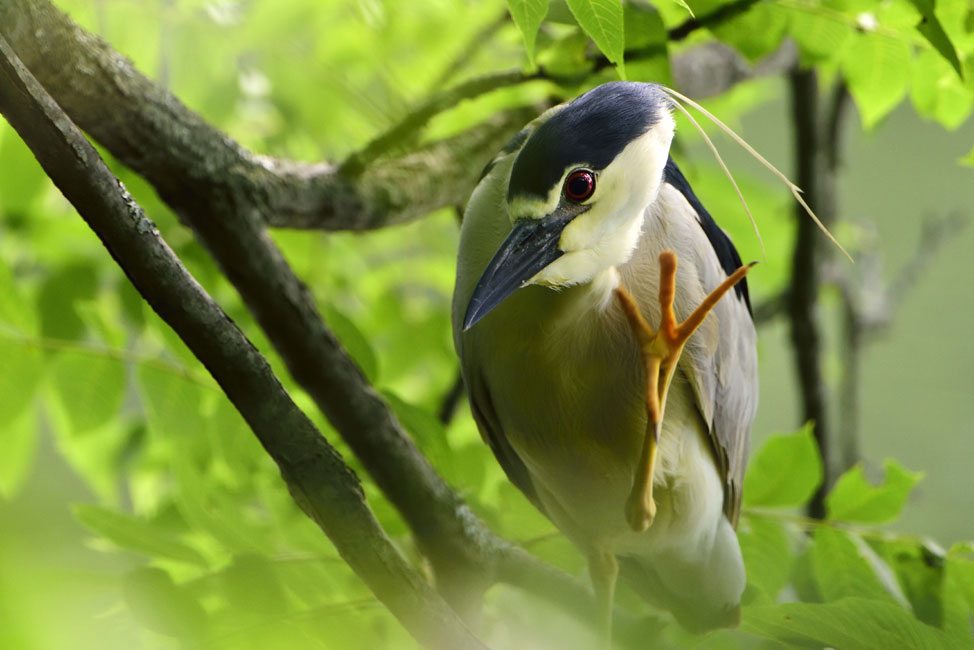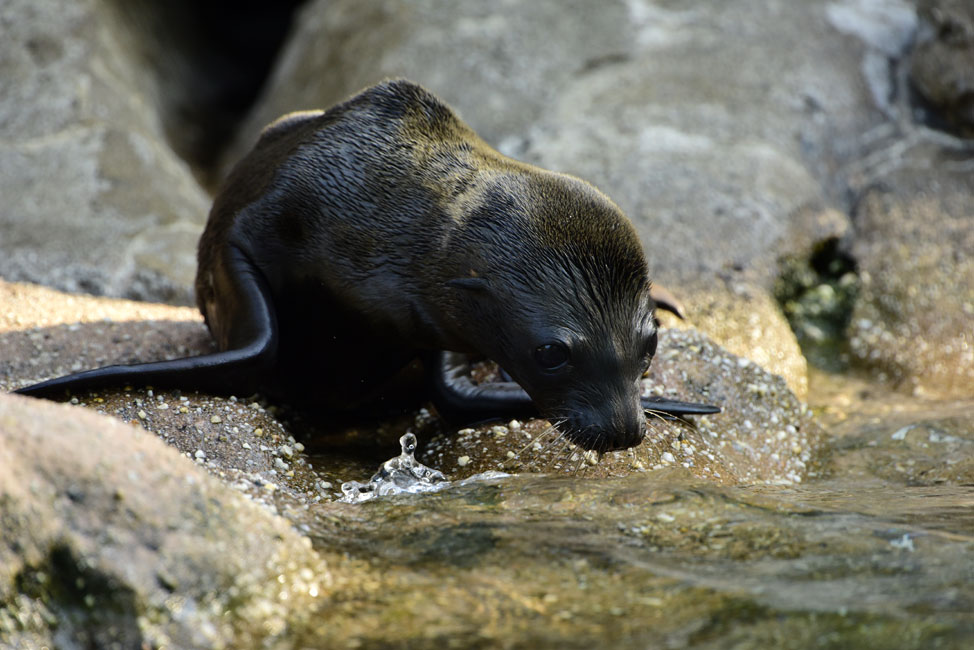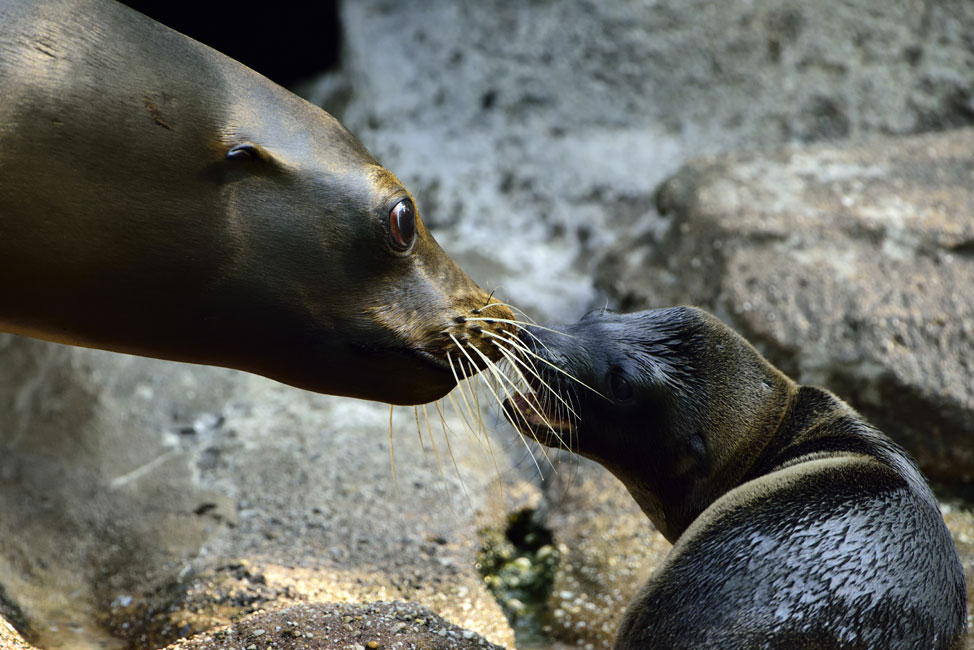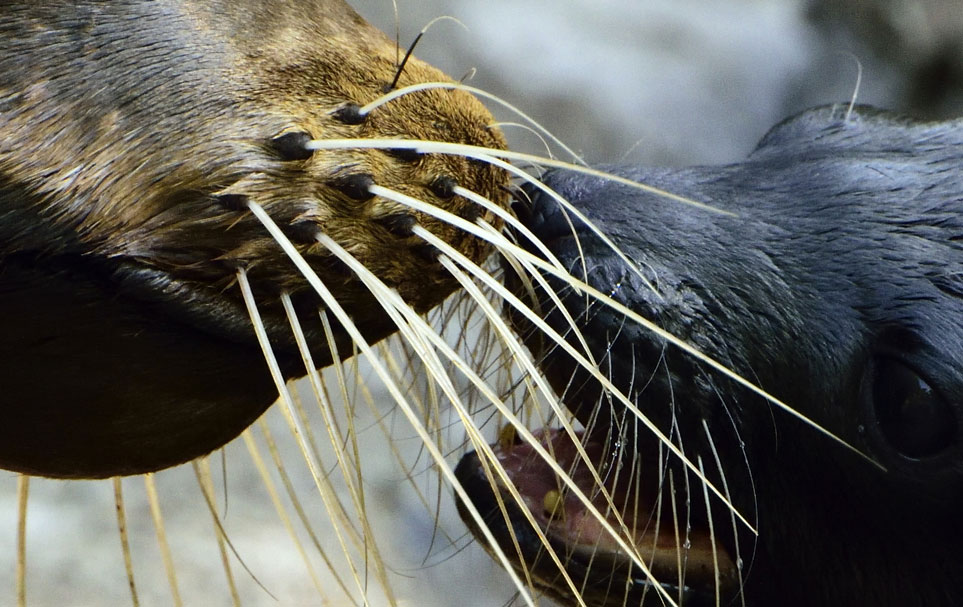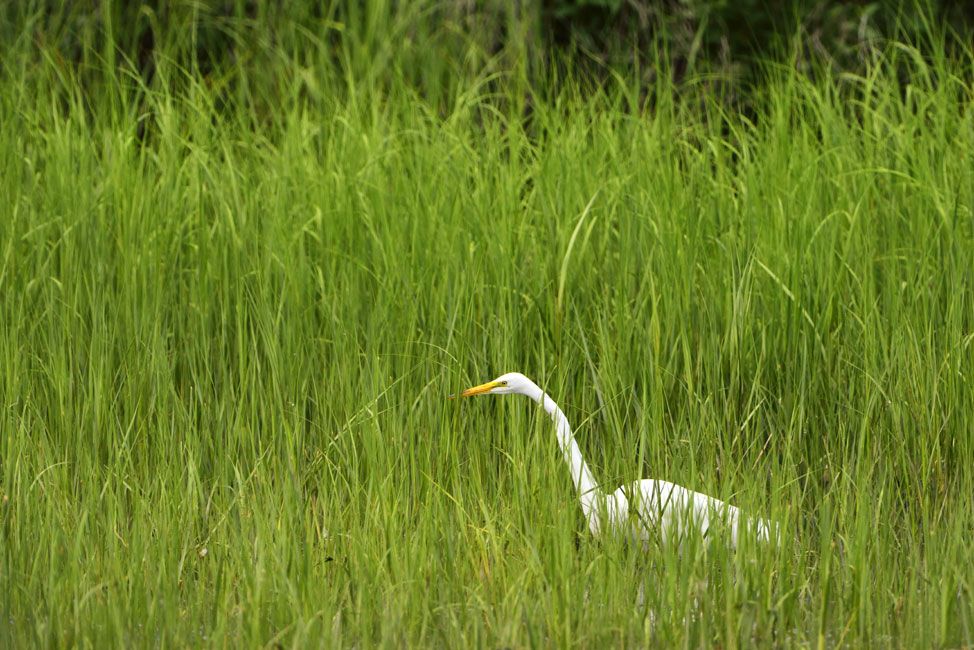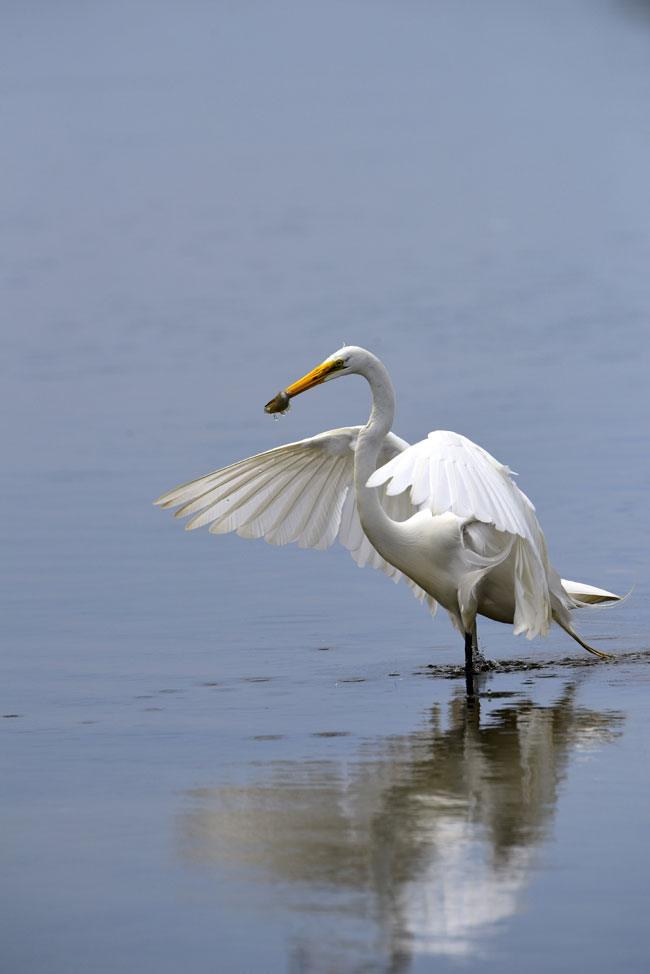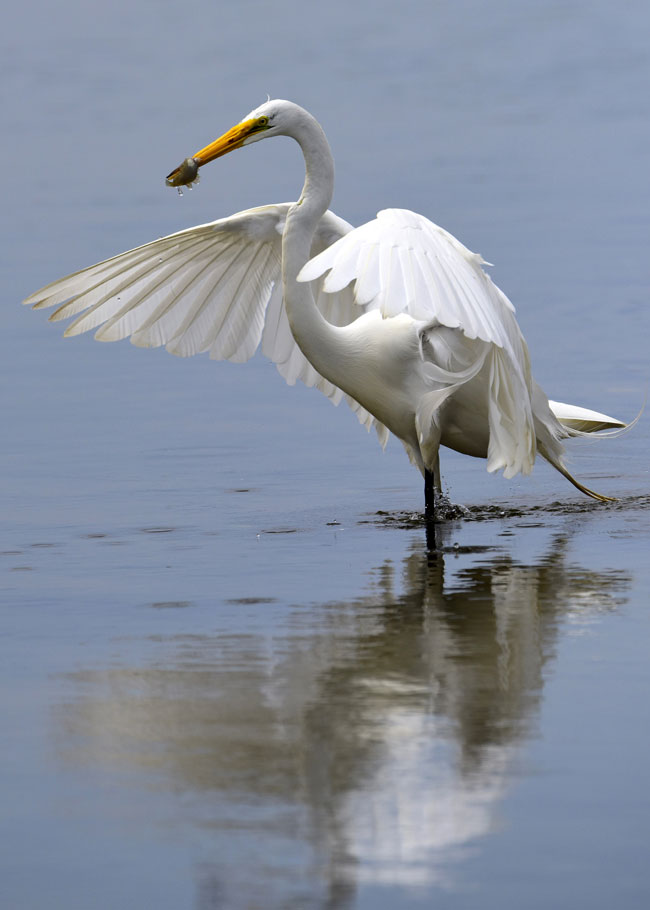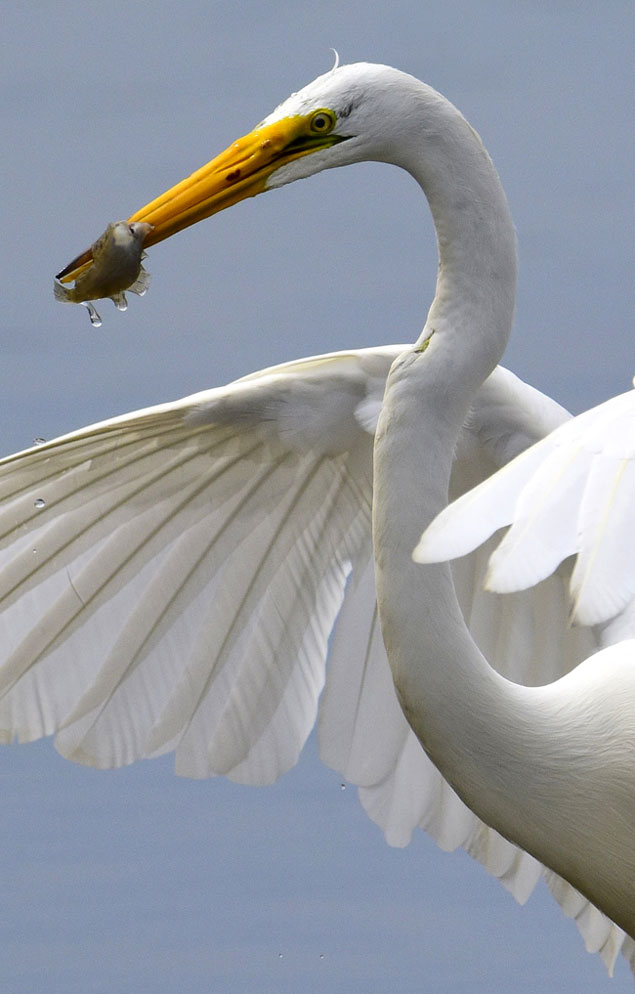A New Sharp Shooter
The D810 Passes My Ultimate Test
As manager of pro photographer relations and product marketing for Nikon Professional Services, there's no denying I have advantages when it comes to early information about, and access to, new Nikon gear. But as a person who loves to take pictures (and, some might say, who lives to take pictures), I'm like any other photographer when it comes to actually using the gear. The advance information is all well and good, and pretty much a requirement of the job, but like any shooter, what really matters to me is how the gear will perform when it's out of the box and in my hands in the field.
When I first heard about the new D810, I made a mental list of great expectations based on the camera's specs and features: improved speed of autofocus acquisition thanks to the new focus points option; a quieter shutter; less vibration; faster framing rate at full resolution; a host of video capture refinements; and, because the D810 had no anti-aliasing filter, improved image quality. Add in the pickup of the D800's low-light capability, and the D810 added up to a camera that should be ideal for me. I shoot everything, but my specialties are rock and roll, sports and wildlife. Less vibration? Faster AF and framing rate? Higher quality images? Sign me up.
So there I was on day one of shooting with the D810—at the Bronx Zoo, early in the morning, positioned and waiting for the California Sea Lion pups to show their whiskered faces. I'm at a pretty good distance, so I'm working off a monopod with a 500mm lens (the AF-S NIKKOR 500mm f/4G ED VR) and a 2X teleconverter (the TC-20E III), and my attitude is pretty much, okay D810, show me something.
And it did. Something amazing; something I'd never seen before.
One of the pups comes out of its rocky den, followed quickly by its mom. They go nose to nose and I'm shooting at five frames per second. Then I check the LCD to see what I got, and because I set the multi selector button on all my Nikon DSLRs to display magnified images at 1:1, life-size, what I'm seeing is a huge blowup. I move the image to an area of the frame that I need to know is super-sharp: the mom's whiskers. They're so sharp I can hardly believe it. First I’m saying, “Look at what this camera just did.” Then I switch to, “Look at what I just did with this camera.” Then I'm thinking ahead to what a confidence builder this camera is going to be, and the kind of richly detailed images it can deliver. I don't deny there's a lot of satisfaction in thinking, look what I can do now.
I'll admit that not every photographer would be as excited about this example of incredible sharpness as I was, but to me, sharpness is the ultimate test. If the key area of the photo isn't dead-on sharp, I delete it; close is not good enough. Sharpness is my confirmation that I've got the shot and can move on to the next setup, the next scene...or just the next moment.
Simply, that one image from my shoot at the zoo was an indicator of what the 36-megapixel D810 and its incredible sensor could do for me.

